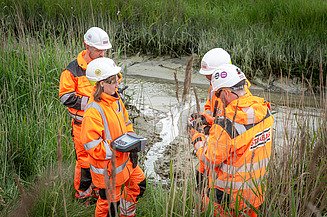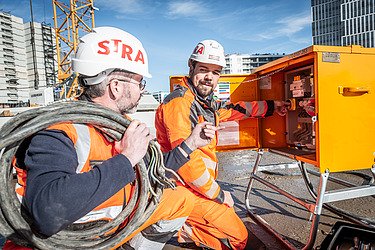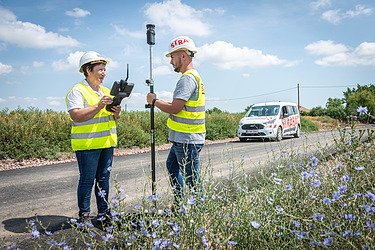Environment
Ecological sustainability at STRABAG SE

STRABAG's responsibility in the area of the environment
As part of the construction industry, we also contribute to global greenhouse gas emissions as a leading construction technology group. In addition to our high energy and resource requirements, we are responsible for a large amount of waste as well. We therefore have a responsibility to take measures to reduce our negative impact on the environment.
To achieve our environmental sustainability goals, it is essential to implement measures in various areas along the entire value chain. The focus here is on decarbonising our business activities and buildings and on the transition to a circular economy. Strengthening biodiversity is an equally important topic. To implement these measures, pilot projects and research initiatives are realised within the Group and integrated into the Group's existing processes once they have been successfully completed. Decisions for the projects are based on methodological approaches and a solid data basis.


